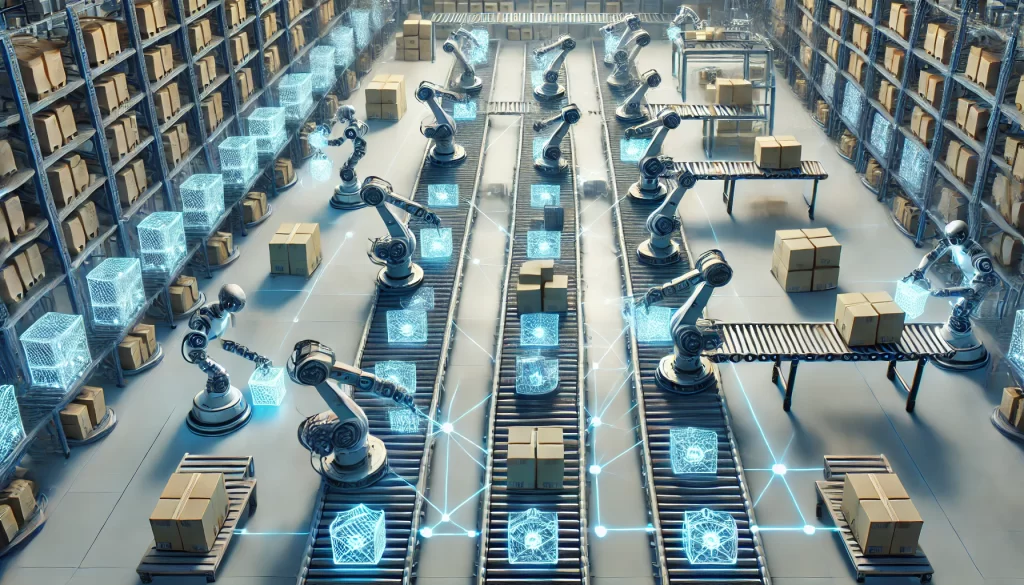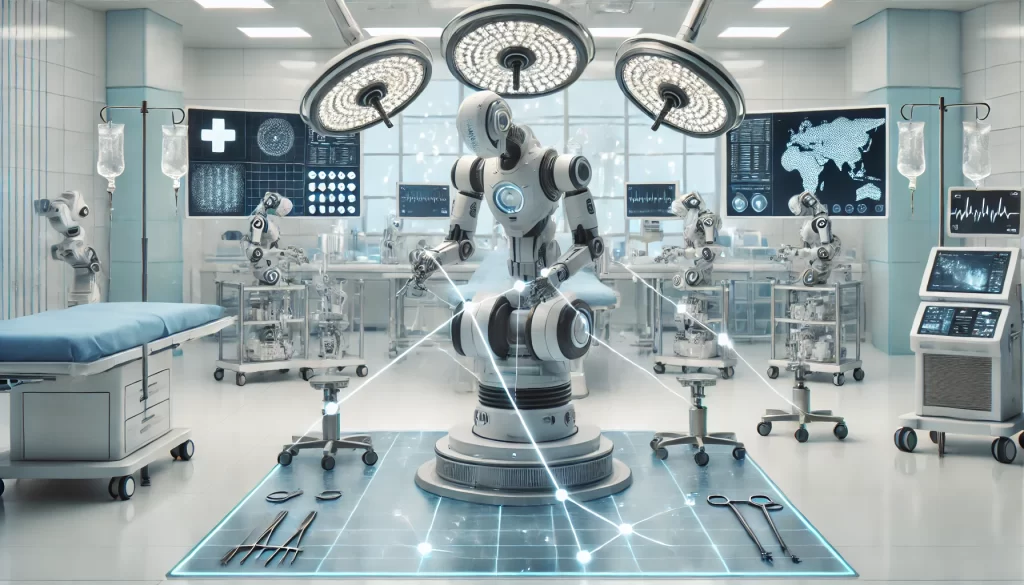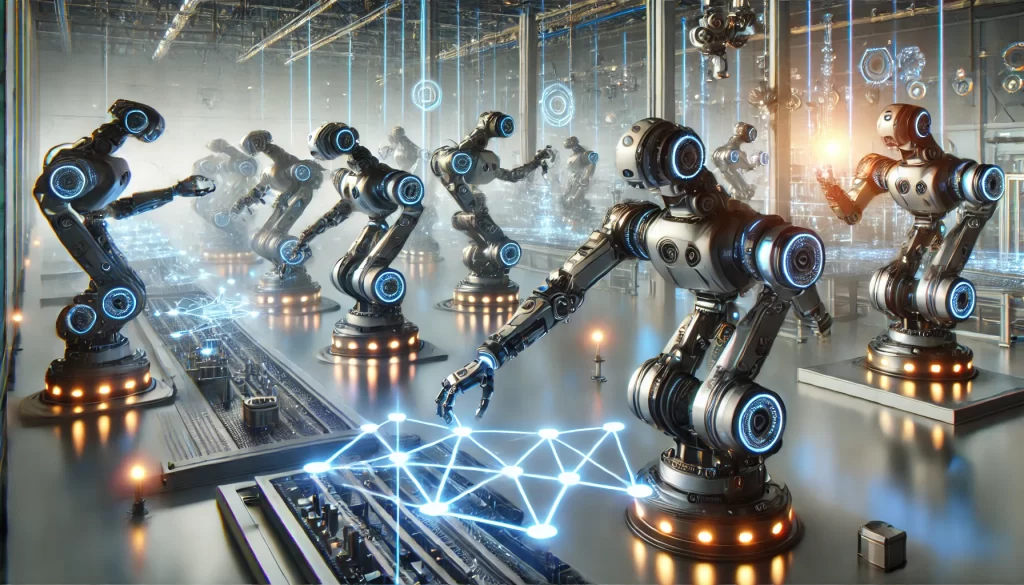Table of Contents
In the ever-evolving world of robotics, a new concept is taking center stage: Robots Dot to Dot Nattapong. This innovative approach to robot design promises to change how we perceive and utilize robotic systems in everyday life. From advanced robot arms to practical dot-to-dot activities, this breakthrough is set to revolutionize industries. In this article, we’ll explore what makes Robots Dot to Dot Nattapong so special, how it can impact various fields, and why it’s worth paying attention to.
What Is Robots Dot to Dot Nattapong?

At its core, Robots Dot to Dot Nattapong is a unique way of designing and programming robots, emphasizing efficiency and intelligence. Unlike traditional robots that follow rigid instructions, dot-to-dot robots work by “connecting the dots” between tasks. These “dots” are individual steps in a process that robots link together to complete more complex tasks seamlessly.
The Vision Behind Robots Dot to Dot Nattapong
The visionary behind this concept, Nattapong, aimed to make robots more intelligent and intuitive. By designing dot-to-dot robotics kits that break tasks into smaller, manageable steps, dot-to-dot robots can learn and adapt in real-time. This creates a robot-themed environment where machines can interact with humans naturally and efficiently.
How Robots Dot to Dot Nattapong Works

The real magic of Robots Dot to Dot Nattapong lies in its ability to simplify complex tasks. Imagine a puzzle game in which each piece (or dot) is a step in the process. Following a dot-to-dot pattern, robots can accomplish intricate jobs, from assembling small robots to organizing robot projects.
Connecting the Dots: The Process Explained
Each task in the dot-to-dot robot projects is assigned a “dot,” and the robot connects these dots to complete the task. This method allows robots to adapt to various functions without requiring extensive reprogramming. For example, a dot robot can easily switch from sorting items in a warehouse to assisting in autonomous vehicles.
Real-Time Learning and Adaptation
One of the standout features of Robots Dot to Dot Nattapong is its ability to learn in real-time. Traditional robots need extensive programming, but they use sensors to gather data, allowing them to adapt as they work. This self-learning ability helps them complete complex jobs more efficiently, setting them apart from other robot design concepts.
Industries That Could Benefit from Robots Dot to Dot Nattapong

The versatility of Robots Dot to Dot Nattapong makes it applicable to several industries. From manufacturing to healthcare, the potential applications are endless. Let’s dive into how these stunning robots can transform critical sectors.
Manufacturing: Precision and Efficiency
Precision is key in manufacturing. Dot-to-dot robots are designed to handle complex assembly lines, where each step is part of a bigger process. By using advanced sensors and the ability to connect the dots between tasks, these robots can boost productivity and reduce human error.
Healthcare: Enhancing Medical Procedures
The healthcare industry requires accuracy and precision. Robots Dot to Dot Nattapong can assist doctors by handling repetitive or delicate tasks. For example, a robot arm programmed with dot-to-dot puzzle formats can help perform surgeries more accurately. As they connect the dots of each surgical step, the robots become more efficient and reliable over time.
Logistics: Smarter Supply Chains
In logistics, speed and efficiency are critical. Robots Dot to Dot Nattapong can streamline the entire supply chain by automating tasks like packing, sorting, and shipping. The sensors embedded in these robots allow them to track and organize goods in real time, making warehouses brighter and reducing delivery times.
Why Robots Dot to Dot Nattapong Is a Game Changer
The impact of Robots Dot to Dot Nattapong goes beyond its technical capabilities. Its ability to integrate easily into existing systems and offer cost-efficient solutions makes it a game changer for industries looking to adopt robotic technology.
Easy Integration into Existing Systems
One of the main barriers to adopting new technologies is integration. Fortunately, Robots Dot to Dot Nattapong is designed to work within existing infrastructure, making the transition to robotics smoother. This adaptability allows companies to use these robots without completely overhauling their systems. The algorithms let Dot connect with other robotics platforms, further enhancing integration.
Cost Efficiency and Sustainability
Traditional robots can be expensive, but Robots Dot to Dot Nattapong offers a more affordable solution. These robots are built to reduce waste, optimize resource usage, and minimize downtime, making them a cost-effective option for businesses of all sizes. Additionally, they contribute to sustainability by improving energy efficiency through optimized processes.
Also Read: Tech Thehometrotterscom: Transform Your Home with Innovative Tech
The Future of Robotics: What’s Next for Robots Dot to Dot Nattapong?
As this robotics area continues to evolve, the future looks promising. We can expect advancements in robotics concepts that could revolutionize industries and everyday life. For instance, school dot-to-dot exercises could introduce kids to programming their robots, sparking interest in STEM fields.
Potential Advancements on the Horizon
The future of Robots Dot to Dot Nattapong may include integrating more advanced AI systems, allowing robots to make decisions based on their surroundings. This would enable them to work even more autonomously, reducing the need for human oversight. We may also see these robots expanding into education, entertainment, and beyond, where they could be used in dot-to-dot games or robot-themed images that help teach kids essential problem-solving skills.
The era of traditional robots is evolving, leading the charge from Robots Dot to Dot Nattapong. By connecting small tasks and adapting to new challenges, these robots offer a flexible, efficient, and robust solution for industries ranging from manufacturing to healthcare. Whether completing a dot-to-dot puzzle, assisting in surgeries, or organizing warehouses, the potential of dot-to-dot robot projects is limitless.
With continuous advancements in dot-to-dot robotics kits and AI-driven sensors, the future of robotics looks brighter than ever. As dot-to-dot puzzles in robotics continue to unfold, one thing is clear: a revolutionary breakthrough truly awaits with Robots Dot to Dot Nattapong.

